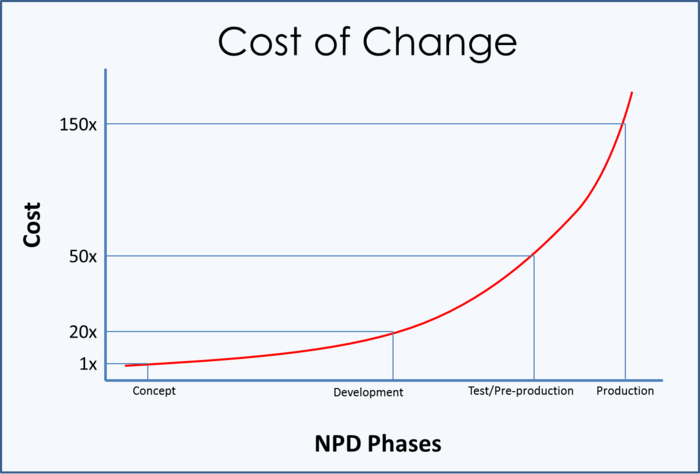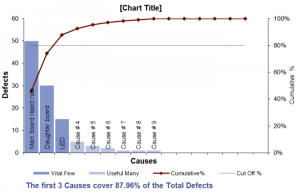 There is a common belief among many importers that Chinese factories are unable to help during the design phase of a new product. As a result, the importer typically works on a design on his side and then asks the Chinese side to make it a reality.
There is a common belief among many importers that Chinese factories are unable to help during the design phase of a new product. As a result, the importer typically works on a design on his side and then asks the Chinese side to make it a reality.
The reality I see is, the more complex the product, the more the buyer needs input from the manufacturer (who has more intricate knowledge of a process or material). I listed 14 ways the supplier can help.
1. Early Supplier Involvement
A very mature supplier would be able to share a plethora of informational guides to the design team such as:
- Common components – standardization
- Material and process limits
- Best practices from a production point of view
- New production methods and techniques
- Cost saving options
Another key attribute to getting your supplier involved as early as possible is the cost of design change. The cost change increases the further into the New Product Development process you get, so understanding limitations from a production point of view while in the design phase could save you not just from a financial aspect but also from a schedule point of view.
2. Before Production Starts
DFM (Design For Manufacturing): look at the processes they and their key subcontractors have, and design a product that will be easy to manufacture (benefits: lower costs, better quality, fewer headaches and delays).
DFP (Design For Procurement): ask the supplier if they have suggestions of changes in materials/accessories. (The supplier will probably suggest these changes on their own.) Be very careful with components purchased “on the local market”. They are usually cheaper but are not always your best choice. Make sure you audit the second-tier suppliers if you plan to purchase high volumes.
Sit down for a design FMEA with the most experienced engineers at the factory (ask “what can go wrong?”). In case the buyer has no technical experience, for best results he should hire an engineer who has experience doing FMEAs and can jump-start the meeting with a few suggestions.
Send a few samples to a testing lab for HALT testing, or do it in the factory’s internal laboratory if they have one.
Document everything, give it to your supplier in written form (with as many photos, drawings, charts etc. as possible), and ask for confirmations and suggestions. In China, many problems only come up to the surface when a manager is asked to confirm something in writing.
3. After Production has Started
List the defects, rank them by quantity (Pareto chart), look for the root causes (fishbone diagrams, asking “why” 5 times…) of the most frequent defects, and think of the issues that are caused by your design. Then modify your design if that’s practical. Note that the people who can best point to root causes are the operators, engineers, and managers working at the factory.
Ask manufacturing people about difficulties making your product. If practical, modify your design. Again, easier production makes for faster deliveries of higher-quality products, and the supplier will be less inclined to push prices up in the future.
Sit down for a process FMEA with the most experienced engineers at the factory. Not only will it push them to improve their production processes, but it will probably also give them an opportunity to voice where the difficulties lie in making your product.
Send a few samples to a testing lab for HASS testing, or do it in the factory’s internal laboratory if they have one.
—
What do you think?
Want to learn more about the new product introduction process for hardware startups?
Are you currently starting the new product introduction process, or having some issues getting a product that is being produced in China to market? Sofeast’s guide covers everything hardware startups need to know for making a new product in China and successfully bringing it to market.
Hit the button below to read the guide:




Thanks Leon for adding to the article. There certainly are many challenges. But I have seen it working well.
Yes many OEM factories are very weak technically. They won’t be able to do much — true. But their manufacturing engineers and managers can give you feedback. I found buyers spend too little time discussing with manufacturing people who work on the shop floor — in part because of the language barrier.
I think that it depends on a lot on the factory you are using. If it is an OEM style factory, then they will be expecting the importer to do all the leg work. I’ve also worked with factories where the onsite engineers were next to useless and basically made it up as they went along.
I haven’t had any good experiences getting engineering support from mainland factories. My most recent example is a factory that we included during NPD and they agreed during the design process to make a product. We had incorporated all of the their feedback on the design into the final product, and now after it has entered production, the factory has decided that it’s too difficult for them to make…